
- support
- info@evidentic.com
- +49 (0) 30 959 99 8831
Clinical success rates of therapeutic antibodies have surpassed expectations, which has led to significant industry investments in biologics research and development in addition to traditional small molecules. However, unconjugated antibodies mainly target the soluble and cell-surface antigens. Recent advancements in the fields of protein engineering, formulation, and delivery devices, have pushed the limits of biologics even further. One notable development is the evolution of ADCs, that combine both extracellular and intracellular targeting, maximizing the therapeutic window of antibody drugs.5,7
Antibody-drug conjugates are a new class of highly targeted biopharmaceuticals designed to deliver highly potent small molecule drugs utilizing the target specificity and lengthy half-life of an antibody. They comprise three components: a selective monoclonal antibody (mAb), the payload or the cytotoxic agent, and the linker.
Currently, ADCs are used primarily for the management or treatment of cancer5 (READ MORE: ADC for therapy). When it comes to clinical use, safety and efficacy are of central importance. ADCs must be formulated to remain stable in systemic circulation until it reaches the target site, to prevent off-target killing and toxicity5,6.
Hence, finding the right target protein, linker, and payload for design and appropriate excipients for the formulation is crucial to clinical success. One of the key attributes that determine ADC stability and clinical effectiveness is solubility.
Click here to find drug aliquots of the latest ADCs for research.
As already mentioned above, the solubility of ADCs is a critical factor for clinical efficacy and safety as well as for the manufacturability. Poor solubility can lead to aggregation and precipitation of the ADC, which can reduce its efficacy and increase its toxicity.
Compared to unconjugated mAb drugs, ADCs have low solubility and are marketed at low concentrations (<20 mg/mL) owing to their high selectivity and tumor killing efficacy. Moreover, lower concentrations also reduce the risk of aggregation.
In the following, we will take a closer look at the influencing factors that affect the solubility of ADCs and the optimization of their solubility.
The payload selection is based on solubility, conjugation, and stability7. The current generations ADCs internalize and release active cytotoxic molecules inside tumor cells. An ideal payload for these molecules should have in–vitro subnanomolar IC50 values toward tumor cell lines and functional groups (such as a disulfide, alkene, or epoxides) with sufficient solubility in aqueous solutions for conjugation reactions with the antibody and for solubility of the resulting ADC product5. Moreover, it is estimated that a drug-to-antibody ratio (DAR) above 4 can diminish their solubility7.
However, to reduce bystander cytotoxicity, the payload’s solubility must be carefully chosen. Due to greater hydrophilicity, amatoxin-based ADCs have higher solubility and uniformity than other cytotoxic payloads5.
The low solubility of numerous candidate payloads can be compensated for by hydrophilic linkers, such as those containing sulfonates or poly (ethylene glycol), enabling higher drug-to-antibody ratio (DAR) than hydrophobic linkers, such as Succinimidyl 4-(N-maleimidomethyl)cyclohexane-1-carboxylate (SMCC)7.
Strategies for optimizing protease-sensitive linkers involve the use of β-glucuronide linkers, which are recognized and hydrolyzed by β-glucuronidase for payload release5. The lysosomal enzyme β-glucuronidase is overexpressed in certain tumor types. Thus, a glucuronic acid-based linker has the potential to improve the stability of the ADC in the bloodstream6. Additionally, the hydrophilic nature of this linker can improve the solubility of the intact ADC compared to the dipeptide-based alternative. When compared to the self-immolating p-aminobenzyl carbamate dipeptide ADC, those with glucuronic acid-based linkers showed improved solubility of the intact ADC5.
The choice of antibody (mAb) and bioconjugation technology also affects the ADC stability. Typically, endogenous mAbs have interchain disulphide bridges containing amino acids such as lysine, histidine, tyrosine and cysteines, that are utilized for bioconjugation. However, site and residue-specific modifications are also employed for enhancing physicochemical and functional properties. A two-step conjugation strategy involving binding of cationic organometallic Pt (II)-based linker to histidine residues was shown to improve the water solubility of the linker-payload conjugate and minimize antibody aggregation3. Similarly, Thiomab Technology, a cysteine conjugation and re-bridging technique, is known to maintain mAb stability, improve binding affinity and minimize ADC aggregation5.
Antibody drugs are stable over narrow pH ranges. Lower pH may induce protein cleavage and a higher pH can cause aggregation. Electrolytes used in buffers for formulation can affect conformational stability, equilibrium solubility, intermolecular repulsion, and rate of aggregation12. It has been shown that electrostatic shielding in 0.9 % NaCl solution can enhance protein-protein interactions, resulting in reduced solubility of high DAR species or an increased aggregation tendency. The addition of certain amino acids as excipients (for example arginine and proline) increases mAb solubility and can prevent aggregation and unfolding12.
Apart from the intrinsic factors (i.e., molecular structure and formulation), external factors such as storage and transportation can also affect the stability of the drug. ADCs are complex molecules and are more sensitive to external stressors like temperature variations and agitation when compared to the non-conjugated parent antibody. For this reason, most ADCs for clinical use are manufactured as lyophilized powder for improved shelf-life. In the next section, we focus on the effect of temperature variation on ADC stability.
ADCs are usually stored at 2-8oC. Frequent freeze-thaw cycles and elevated temperatures are known to induce aggregation of ADCs12. The same problem can be a result of the freezing process, since certain formulation components can induce instability. For example, sodium chloride, used as a tonicity agent, increases the osmotic strength of the remaining solution during freezing, which can cause aggregation1. Likewise, if any component of pH buffers such as sodium phosphate buffer, precipitates, a pH shift can occur leading to the same outcome1. To improve stability during freezing, surfactants, commonly polysorbates, are used as protective agents. Also, introducing four N-glycosylation sites to protein drugs is known to prevent aggregation induced by either heat stress or freeze-thaw cycles12.
Here are a few experiments that demonstrate ADC stability under thermal stress:
The aggregation of ADCs is determined by their sequence/structure, linker, payload, conjugation chemistry and DAR. Although a DAR of 4 has been considered optimal, Sacituzumab govitecan is a paradigm shift in ADC development with a DAR of 7.6 and a linker that is moderately stable4.
Sacituzumab govitecan or IMMU-132 incorporates a humanized monoclonal IgG directed against Trop-2 (hRS7 IgG1κ), conjugated to the highly toxic active metabolite of irinotecan, SN-384,11. ADCs conjugated to such ultratoxic drugs require high stability in the bloodstream with activity only possible at the target site4.
Trodelvy® (Sacituzumab govitecan-hziy) was recently approved by the US-FDA and received marketing authorization by EMA for the treatment of patients with metastatic triple-negative breast cancer (mTNBC). Here are some of the drug characteristics with respect to solubility and stability.
Require Trodelvy for research? Click here .
Although ADCs are a great innovation in the category of biopharmaceutical drugs, stability is one of the main concerns during design, manufacturing, storage, and transportation. Instability can result in heterogeneity of the final product affecting the therapeutic efficacy. Going forward, the Food and Drug Administration (FDA) approval is more likely for homogeneous ADC products. Improved site-directed conjugation chemistry and antibody engineering methods are being developed to ensure homogeneity during manufacturing. Further technological advances in payload solubility, linker chemistry and site-directed conjugation can improve the physicochemical and pharmacokinetic stability of ADCs.
The active pharmaceutical ingredients (API) in reference drugs or biosimilars are called clinical-grade molecules. Their efficacy and safety in treating a particular disease in humans were demonstrated in clinical trials. When it comes to a known and proven function in humans, clinical-grade molecules are the only reference. For early-stage drug development assays, functional in vitro and in vivo experiments, analytical methods for molecular characterization or biocomparability studies, clinical-grade molecules are the preferred choice. the process of procuring those molecules from approved drugs can be time consuming, costly, and complex.
The Evidentic GmbH provides clinical-garde molecules such as ADCs at their original concentration and formulation from the original pharmaceutical drugs that are approved by the European Medicines Agency (EMA). As a pharmaceutical wholeseller, Evidentic can procure any EU-licensed molecule. Choose from the ready-to-ship molecules or order the molecules you desire.
Require reference ADC drugs for characterization, analytical studies, or your research program? Click here!

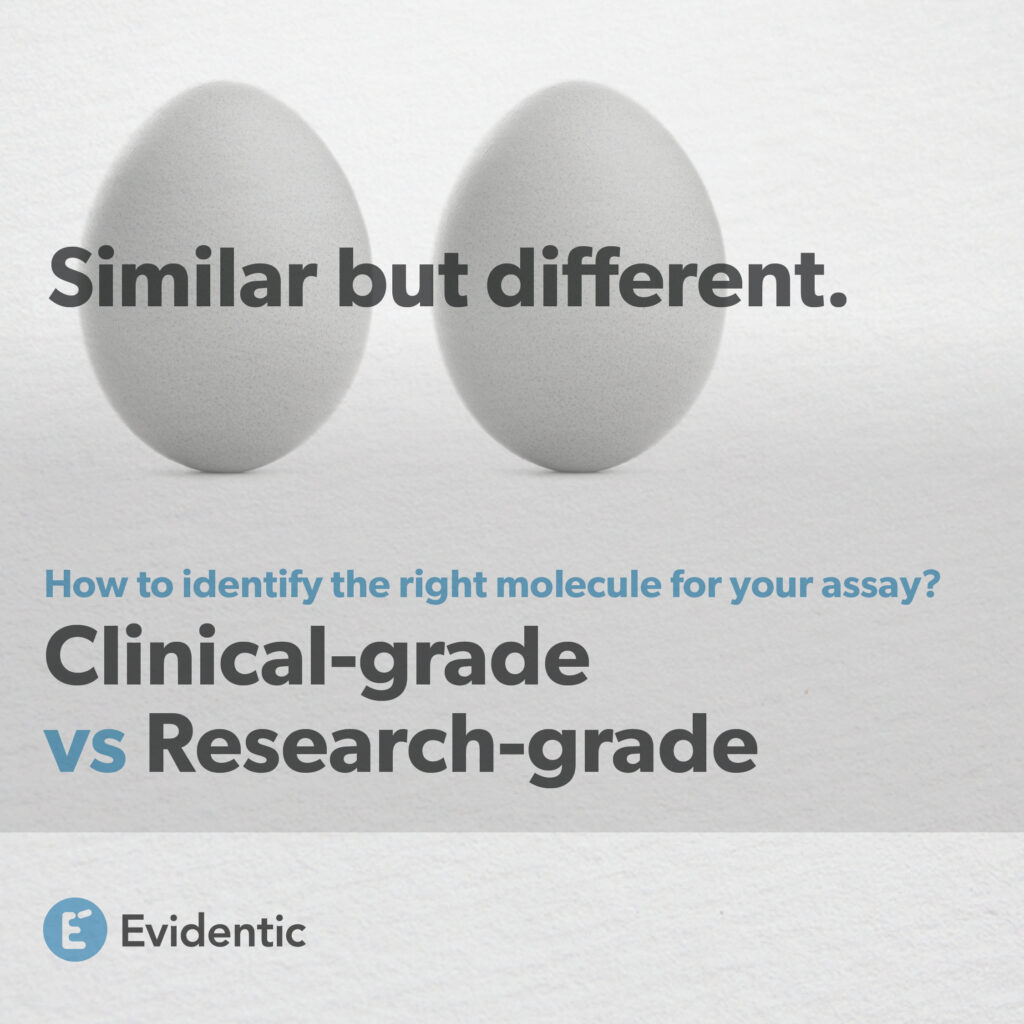
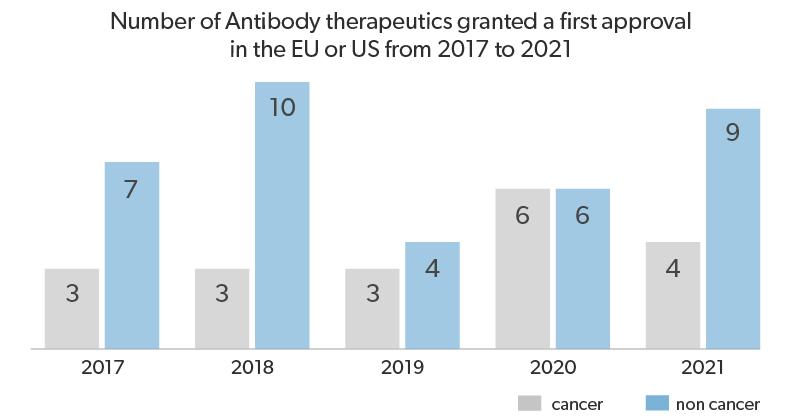
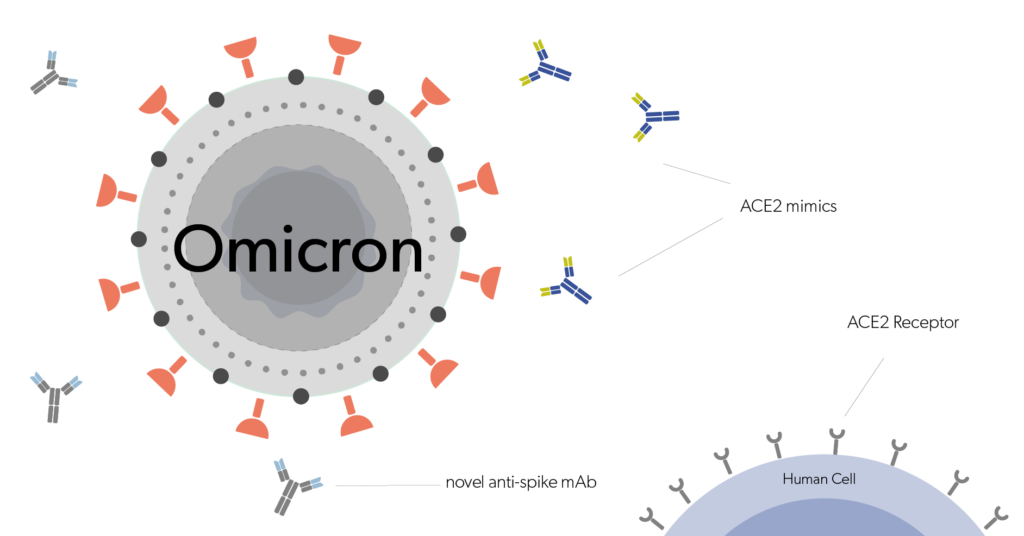
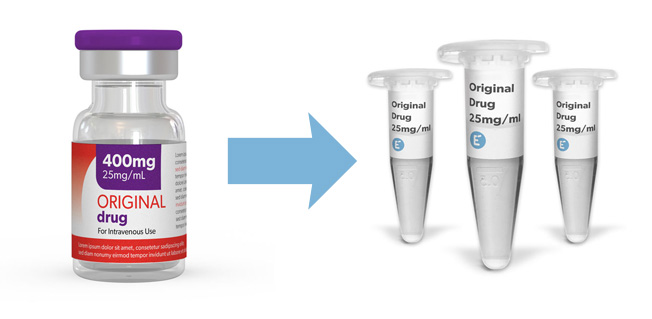
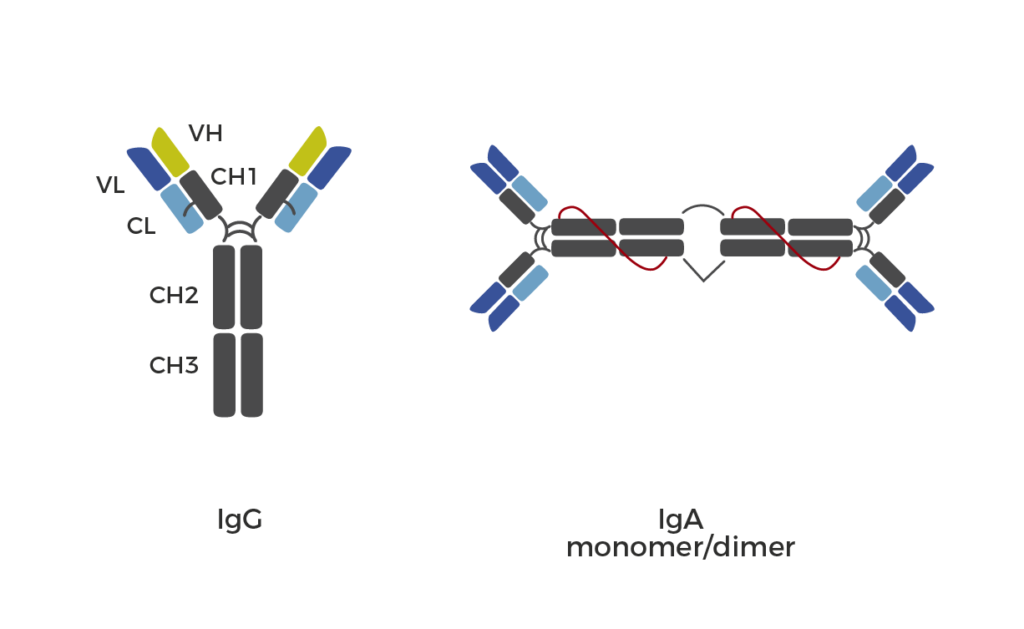
Evidentic GmbH
Martin-Buber-Str. 10
14163 Berlin